Advancements in Medical Technology
The elbow stiffness market is being positively influenced by advancements in medical technology. Innovations such as minimally invasive surgical techniques and advanced imaging technologies are enhancing the diagnosis and treatment of elbow stiffness. These technological improvements not only increase the effectiveness of treatments but also reduce recovery times, making them more appealing to patients. The introduction of new devices and therapies is expected to drive market growth, as healthcare providers in the GCC adopt these innovations to improve patient outcomes. The market for orthopedic devices, which includes treatments for elbow stiffness, is projected to reach $1 billion by 2027, highlighting the potential for growth in this sector.
Growing Awareness of Physical Therapy
There is a notable increase in awareness regarding the benefits of physical therapy for managing elbow stiffness in the GCC. As more individuals recognize the importance of rehabilitation in recovery, the demand for physical therapy services is expected to rise. This shift in perception is supported by various health campaigns and educational initiatives aimed at promoting joint health. The elbow stiffness market is likely to benefit from this trend, as physical therapy is often recommended as a first-line treatment for stiffness and pain. Furthermore, the market for physical therapy services is projected to grow by approximately 10% annually, indicating a robust opportunity for the elbow stiffness market to expand alongside it.
Aging Population and Healthcare Demand
The aging population in the GCC is a significant driver of the elbow stiffness market. As individuals age, they are more susceptible to joint-related issues, including stiffness and pain. This demographic shift is leading to an increased demand for healthcare services focused on managing these conditions. The elbow stiffness market is likely to expand as healthcare systems adapt to the needs of an older population, offering specialized treatments and rehabilitation programs. Projections indicate that by 2030, the elderly population in the GCC will account for over 20% of the total population, further emphasizing the need for effective solutions in the elbow stiffness market.
Increasing Prevalence of Joint Disorders
The elbow stiffness market is experiencing growth due to the rising prevalence of joint disorders in the GCC region. Conditions such as arthritis and tendinitis are becoming more common, leading to a higher demand for treatment options. According to recent health statistics, approximately 15% of the adult population in the GCC suffers from some form of joint disorder, which directly impacts the elbow stiffness market. This trend is likely to continue as the population ages and lifestyle factors contribute to joint health deterioration. Consequently, healthcare providers are increasingly focusing on developing effective therapies and rehabilitation programs to address these issues, thereby driving the elbow stiffness market forward.
Rising Sports Participation and Injuries
The increasing participation in sports and physical activities in the GCC is contributing to a rise in elbow injuries, thereby impacting the elbow stiffness market. As more individuals engage in sports, the incidence of acute injuries and chronic conditions related to overuse is likely to increase. This trend necessitates a greater demand for effective treatment options for elbow stiffness, as athletes and active individuals seek to maintain their performance levels. The elbow stiffness market is expected to see a surge in demand for both preventive and rehabilitative services, as sports organizations and healthcare providers work together to address these injuries and promote joint health.


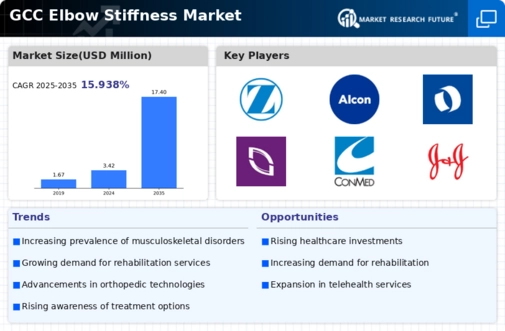
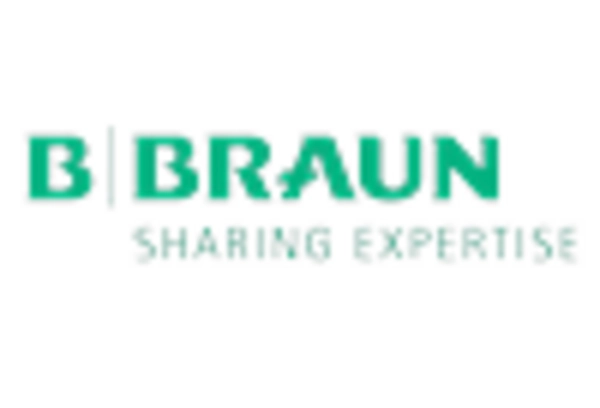

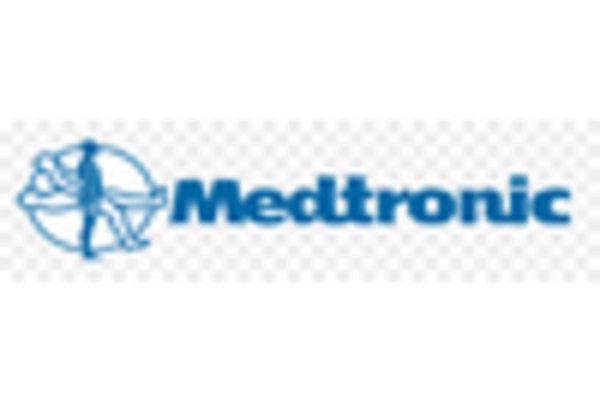

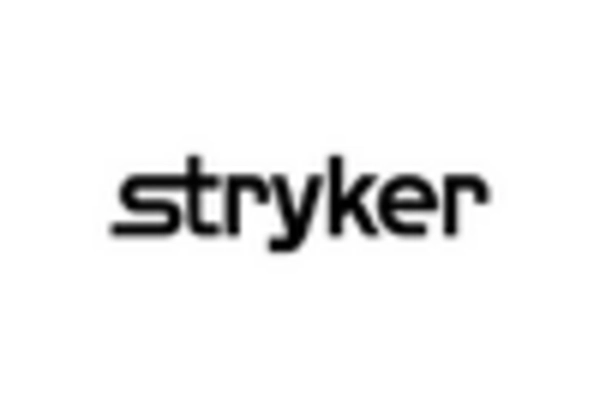
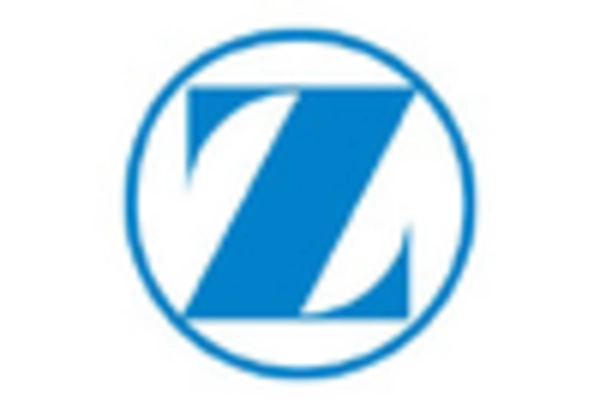








Leave a Comment